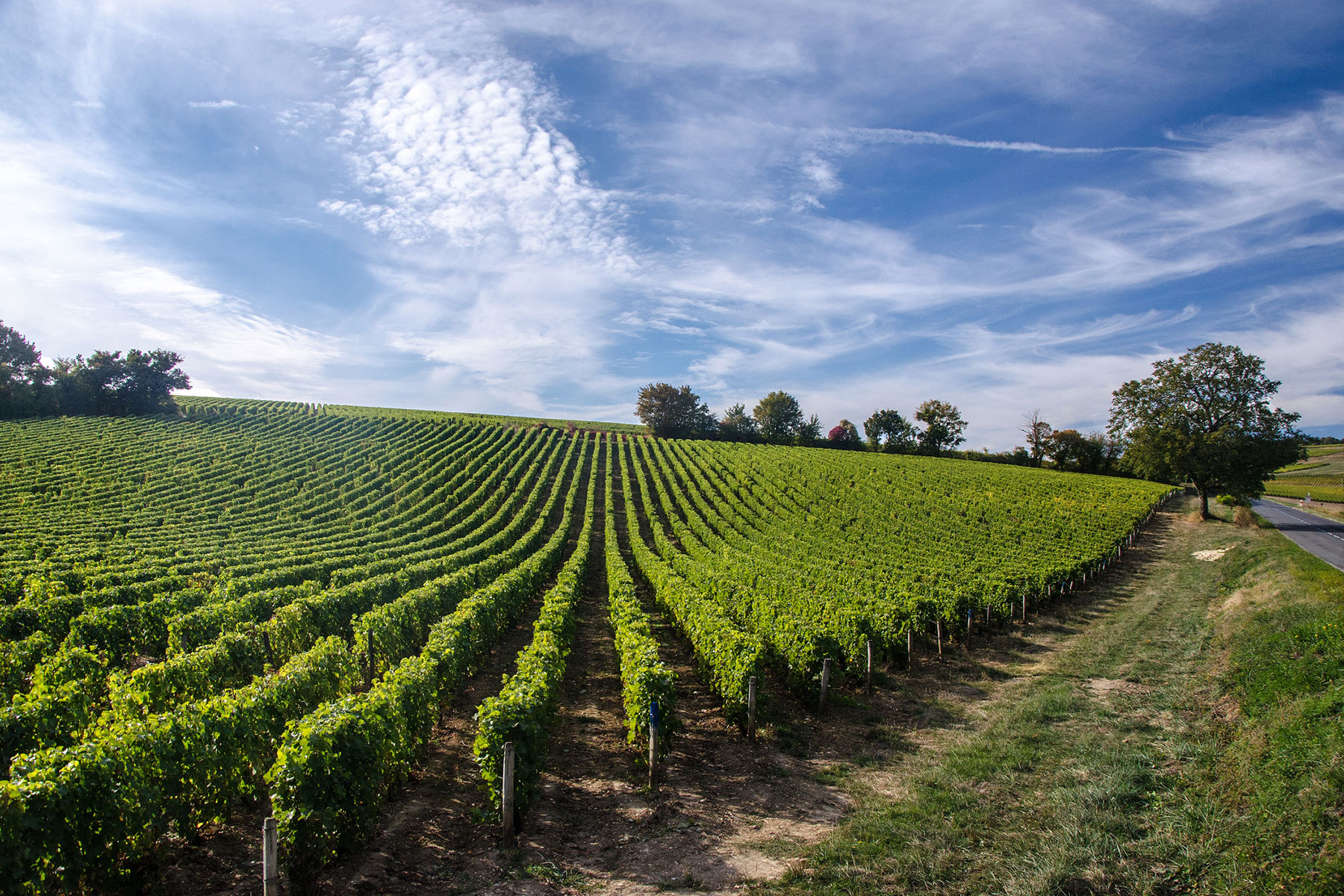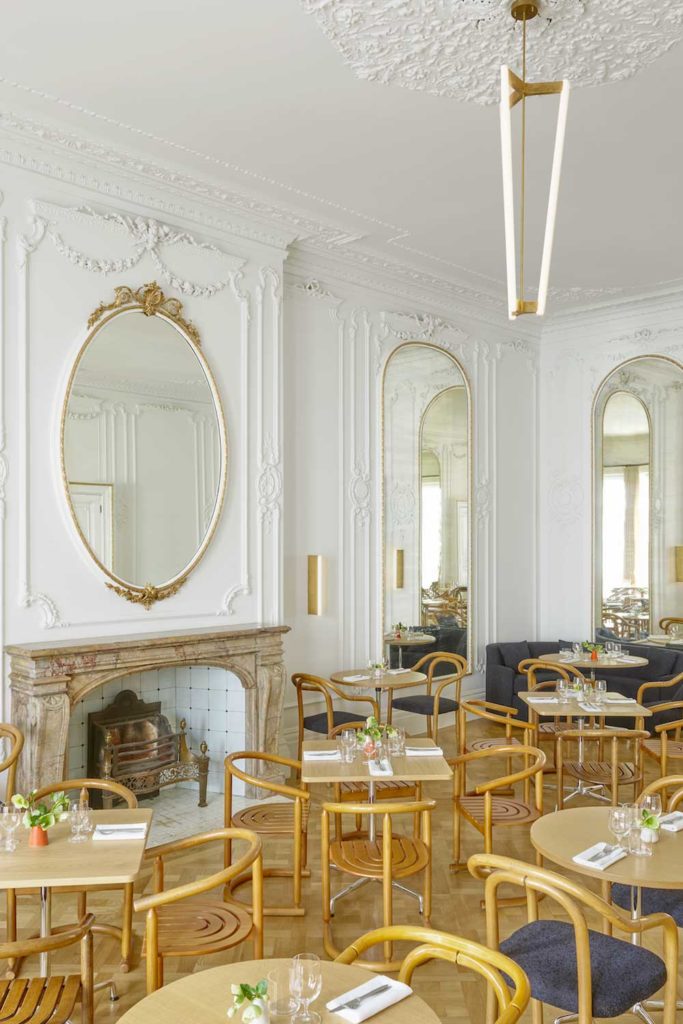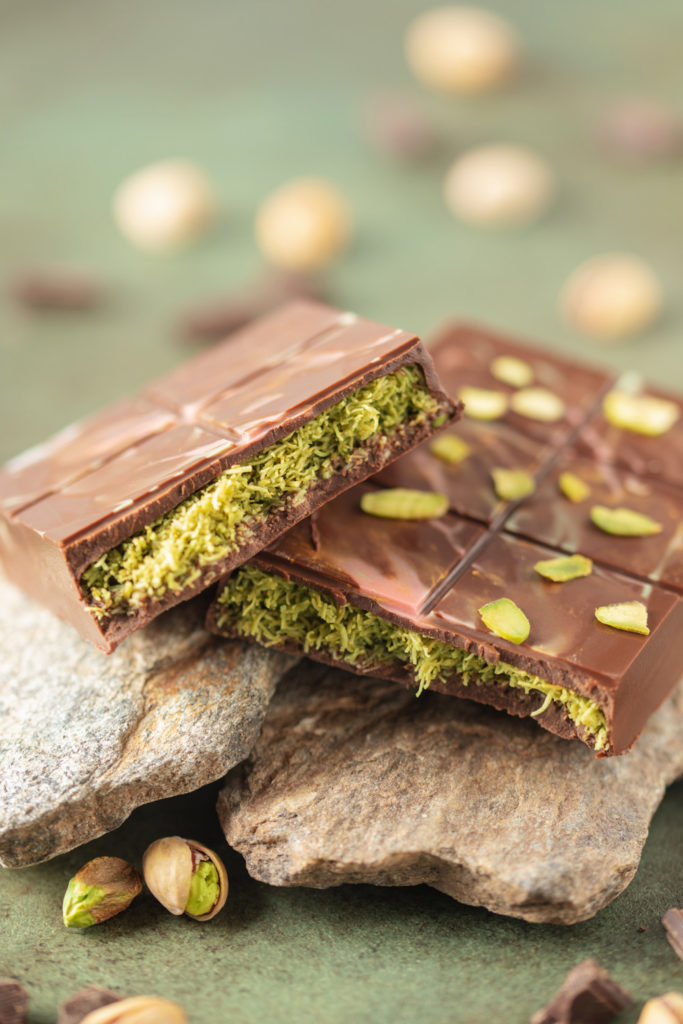Why Pouilly-Fumé Should Always Be On The Menu
By
4 years ago
Summer is the perfect time to enjoy this classic French wine

With the sun shining and languorous lunches of seafood feasts beckoning, look no further than a flinty fresh Pouilly-Fumé as your accompaniment, says Sarah Hyde
Pouilly-Fumé is a classic white wine from the Loire Valley that was once held to be the most elegant expression of the Sauvignon Blanc grape. When I mentioned I was going to write about Pouilly-Fumé to an old friend, he told me a story about the moment he first came across it as a wide-eyed boy on holiday in Normandy.
One day an elegant and twinkly-eyed family friend arrived from Switzerland to join the party. Much more glamorous than the Volvo-driving dads, he immediately took on the task of ordering the wine at lunch. Without even looking at the menu, he ordered Pouilly-Fumé and, with a fabulous Gallic shrug, gestured for two or three bottles with his fingers to the waiter. A life-changing moment which young Edward has never forgotten.
Recently, when I mentioned this anecdote with the Comte Henry D’assay – an expert in the wine – he corroborated the story. In the 1980s, Pouilly-Fumé was the smart set’s wine of choice. One of the reasons for this popularity was that the relatively small AOC was ideally placed to become the favourite lunch stopping place for Parisians driving south for the ‘Grande Vacance’. There were four Michelin-starred restaurants in the region serving this delicious white smoke or flinty Blanc Fumé. It was at a higher price range than the neighbouring wines from Sancerre. Upon their return home, the Parisians started asking for the wine, et voila! Pouilly-Fumé found its place on the gastronomic map.
So, what happened? The production of Sauvignon Blanc exploded in the New World in the late 1980s, particularly in the Marlborough region of New Zealand. Winemakers, uninhibited by geography and tradition, were able to achieve new ranges and depths of flavour from this grape at an entirely different price point, moving consumers’ expectations of the flavour of Sauvignon Blanc to exotic fruits and broad round flavours with plenty of sugar. To compare a classic Pouilly-Fumé to a big New World Sauvigon Blanc is like comparing a classic round-necked navy-blue cashmere cardigan to the ever-changing chimera of tie-dye.
Is Pouilly-Fumé still a wine that will command the respect of your server in a way that would sort the men from the boys? It is certainly considered more of a classic than a hot property at the moment, so I decided to check with Michel Roux Jr, who kindly took time out of his busy schedule (reopening of the legandary Gavroche, and presenting a new TV series) to talk to me.
Me: ‘Michel, what would you think if someone ordered this wine?’
MRJr: ‘That they know what they are doing – it’s a classic – especially if they did this without asking the sommelier.’
Me: ‘And what would you pair it with?’
MRJr: ‘With something saline from the sea, and of course it goes really well with oysters.’
The AOC of Pouilly-Fumé provides roughly 1,200 hectares of Sauvignon Blanc on the west bank of the Loire, on the opposite bank from Sancerre. The river usually protects the vines from frost, although this year has been tough and there is a long, cool growing season giving the wine flavours that are, essentaily, green: green apple, gooseberry, freshly mown grass, with top notes of white current. The body of the wine can be slightly honeyed. If the vintage is good –and Comte Henry assured me that 2019 and 2020 were indeed good years – this wine benefits from age and becomes more mellow and golden. The flavour also depends on whether the grapes are grown in limestone, flint or sandy ground, as the small region contains all three. Flint and clay give the wine vivacity, dynamism and straight edges: it puts the ‘fumé’, or smell of gunpowder, into the wine. The limestone terroir gives the grapes an expansive and creamy (slightly honeyed) flavour with perhaps a hint of violet. Often the wine is blended, and the flavour can vary from very fresh and quite sharp top notes to a more mellow, rounded, full flavour. When I tried to push Comte Henry to tell me which wine was ‘best’, he reminded me sagely that in wine there is only pleasure.
Do expect a flinty fresh wine with the acid of green apples, goosebery and white current top notes and a grassy and slightly honeyed clean rounded body. Do not look for the big strong New World Flavours in the wine; instead, savour the considered precision and discipline of French winemaking.








